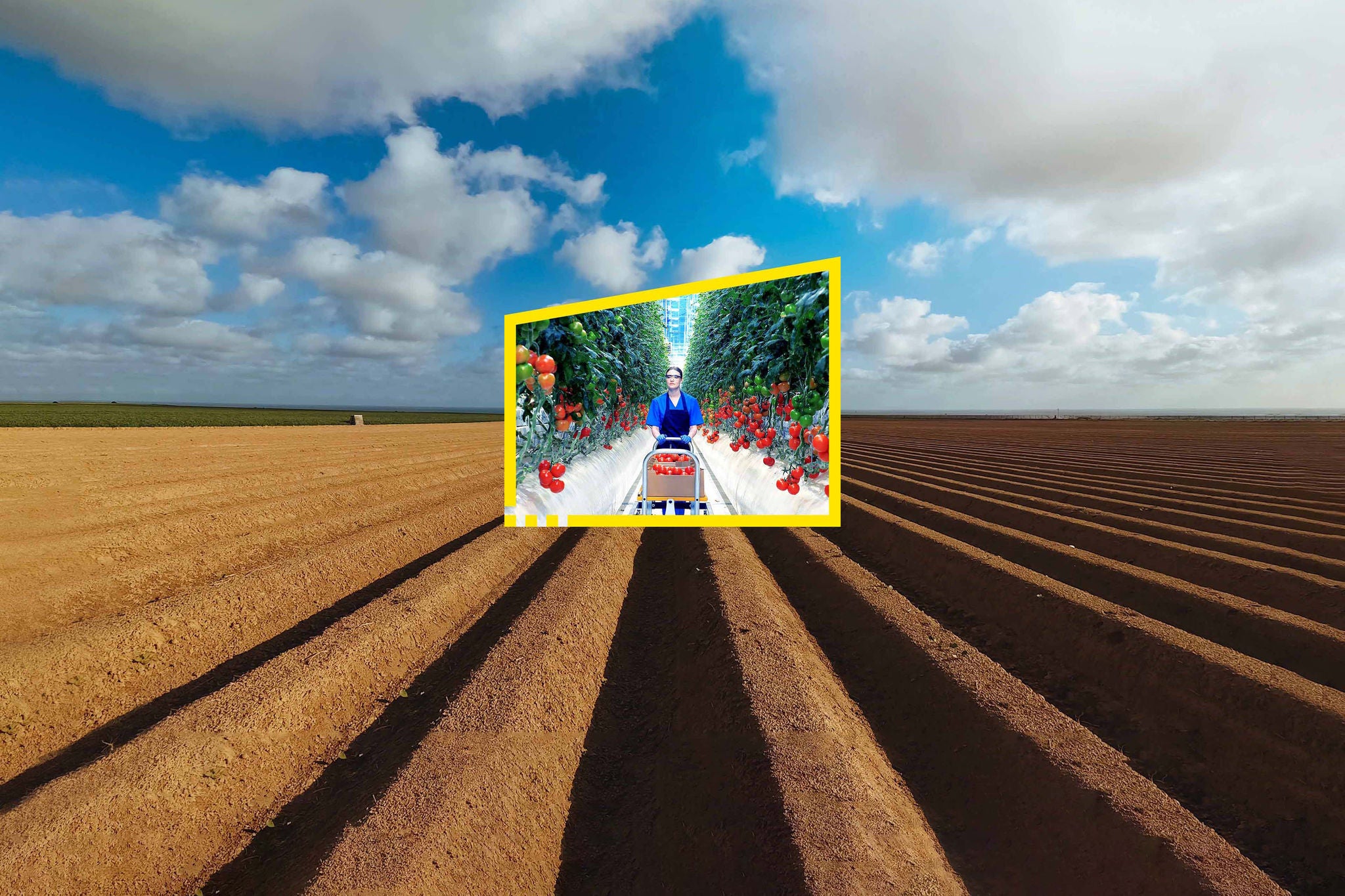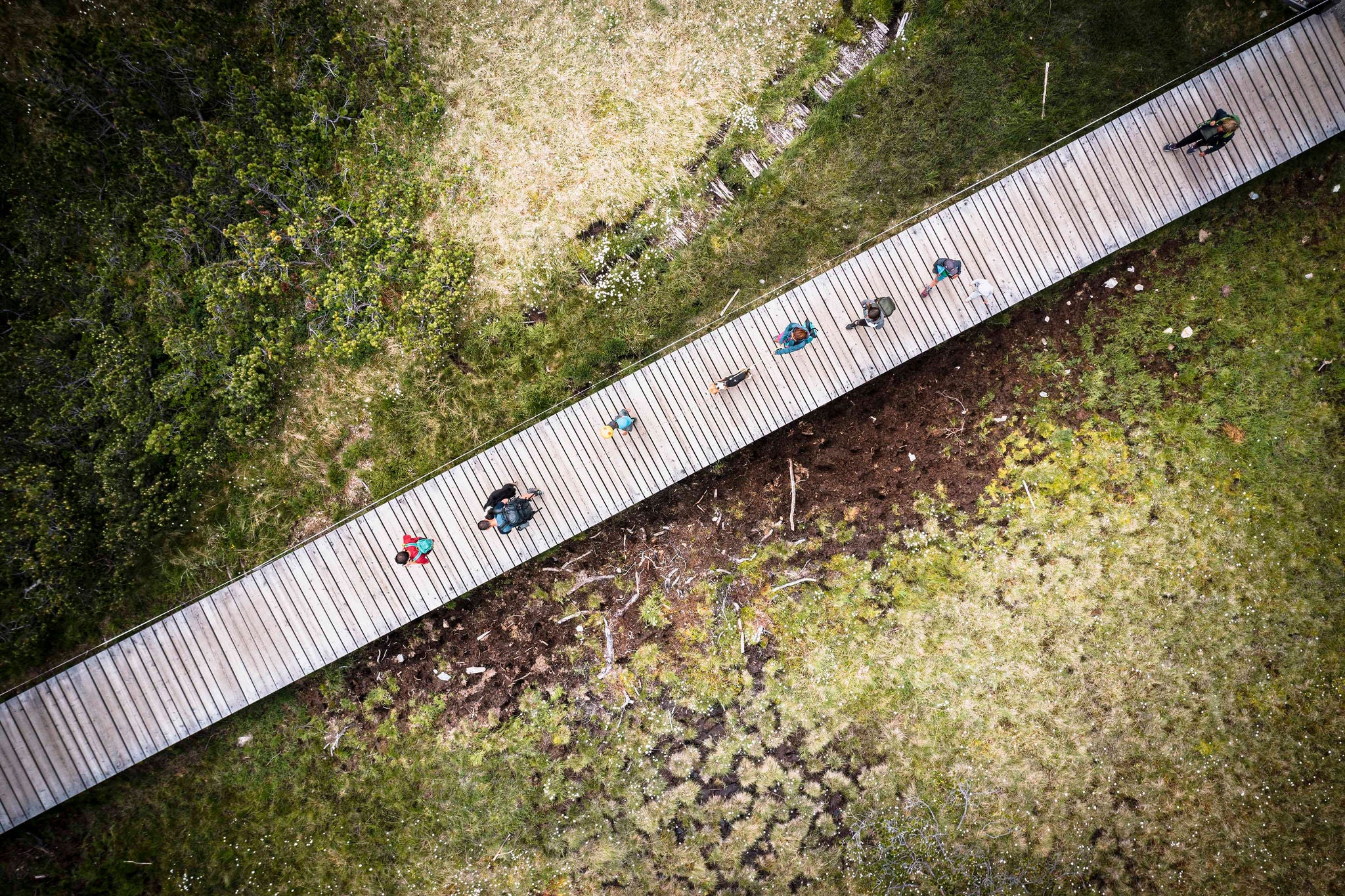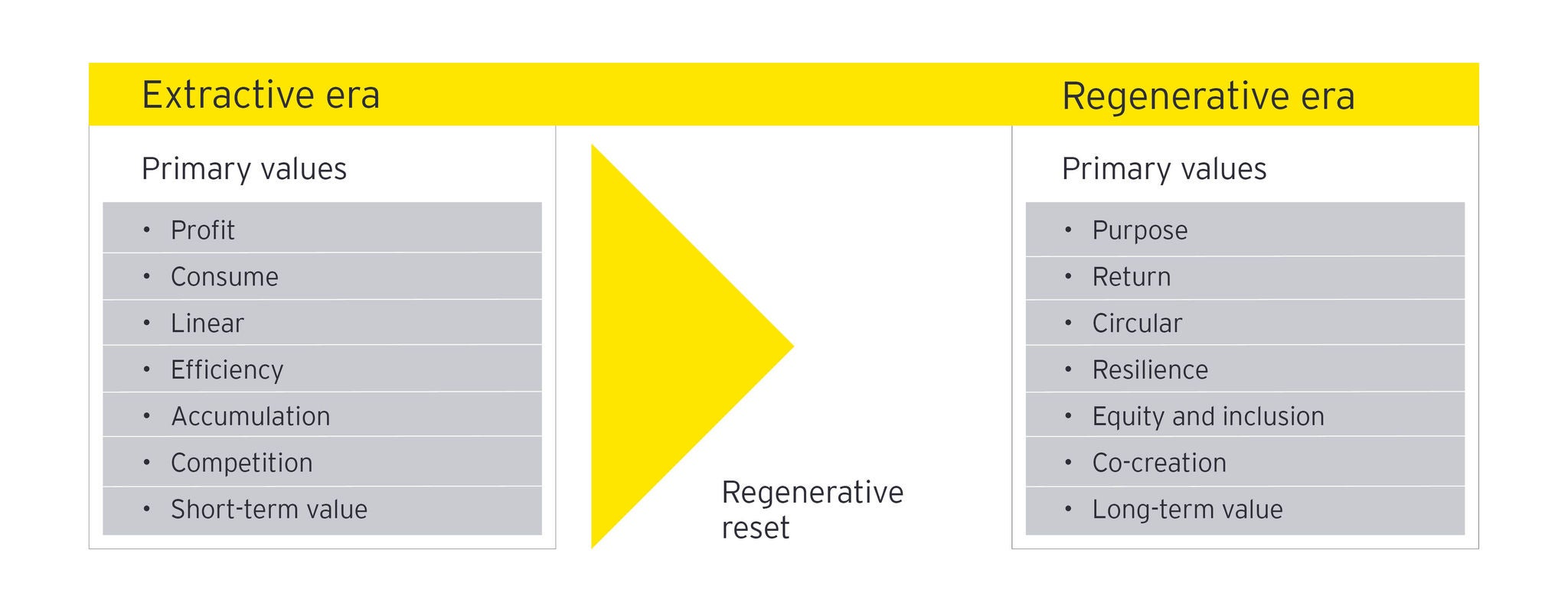Regenerative agriculture is also becoming a front end to bioeconomy applications that use organic inputs, such as biomaterials and biochemicals, because the practice deepens the carbon benefits and broadens the sustainability impact to agricultural communities.
Leverage enabling technologies
Several technology areas are emerging as key enablers of a regenerative economy. These technologies help to replace fossil fuels as a production input, eliminate carbon emissions, drive circularity, and produce nature-based solutions. Still, technologies are not inherently regenerative; they must be part of broader systems change. There is no panacea.
But there are important catalysts. “Incredible founders and talent are moving into our space,” says Dan Fishman, General Partner of Regeneration.VC, a venture capital firm building a portfolio of companies applying circular and regenerative principles to innovate consumer markets. “They’re leaving jobs at top-tier tech companies to find solutions to our planet’s environmental crises. It’s fundamental to their ethos, not marketing. Corporate commitments, companies recognizing extended producer responsibility, and international regulatory momentum, give them a place to scale their businesses.”
Tap into synthetic biology and the microbiome
Microorganisms, such as bacteria, fungi and algae, play essential roles in living systems. All visible life depends on their microscopic biochemical abilities to turn one substance into another. Supercharging these abilities through synthetic biology could be a key enabler for regeneration by:
- Replacing petroleum and animal inputs with agriculture-based inputs in industrial and consumer products
- Enabling plastic bio-recycling and carbon removals from industrial emissions
- Improving soil carbon and crop resilience, and reducing fertilizer inputs
Remove carbon
Nature-based and engineered carbon removal approaches are proliferating, from forest projects and large-scale direct-air-capture installations to modular capture units, carbon-sequestering materials and consumer products. Carbon removal lays the groundwork for the long-term regeneration of the atmosphere after the main levers of decarbonization — renewables, efficiency and electrification — have been fully realized. It also creates the opportunity for:
- New income opportunities for farmers and forest communities, as well as biodiversity benefits
- Converting carbon from a waste product to a circular resource
- Scaling carbon-negative products, such as building materials and consumer products, to drive decarbonization
Employ earth imaging and remote sensing
The unprecedented powers of earth imaging and remote sensing of physical characteristics provided by a growing fleet of satellites is revealing deep planetary insights which will be critical to achieving regenerative outcomes. Satellites are giving us unprecedented abilities to comprehend both the system and the parts, the forest and the tree. One indication of the strength of this trend: there are currently nearly 300 private companies focused on satellite imaging and remote sensing in venture capital portfolios, which have raised $4b in venture financing to date.6 These venture-backed companies are exploring various applications, including:
- Improving and verifying the performance of nature-based carbon removals
- Real-time monitoring and prediction of greenhouse gas emissions, deforestation and illegal fishing
- New insights into climate change, biodiversity, land use, water and natural resource extraction
Engage now with Web 3.0 and the metaverse
Social innovators are utilizing the tools of Web 3.0 — blockchains, tokenization, coins and more — with the aim of building regenerative organizations, both in their operations and their purposes. They’re launching impact decentralized autonomous organizations (DAOs) to create public goods and generate positive externalities without relying on incumbent systems. DAOs are organizations owned and democratically governed by a community in which operations are controlled by blockchain-based smart contracts.
Impact DAOs are being designed to embody the regenerative values of collaboration, co-creation, and empowered participation. Many are focused on catalyzing financing for nature-based carbon removals while creating positive impacts for the communities hosting them.
The convergence of AI, AR/VR, and IoT and satellite-generated data in the metaverse promises to enable regeneration through digital twins, which will model earth systems with new scope and detail. The European Space Agency is working toward a digital twin of the entire earth. This convergence of digital and physical will open possibilities for visualizing and forecasting the impacts of human activity on natural systems, and for simulating environmental scenarios to inform policy decisions.
Combine for end-to-end impact
Regenerative approaches and enabling technologies can be combined for end-to-end impact. Gevo, a company working to create net-zero (and ultimately carbon net-negative) sustainable aviation fuels provides an example. The company is systemically addressing carbon performance across its entire supply chain and products.
Gevo’s feedstocks are grown using regenerative agriculture practices to enhance soil carbon sequestration and minimize the use of synthetic fertilizers and other sources of field-level emissions. It is also trialing microbiome-based soil enhancements to further improve soil carbon retention.
Renewable energy powers biofuel production, and the company’s innovations in synthetic biology have yielded yeasts that convert agricultural feedstocks into isobutanol and ethanol more efficiently.
To measure and verify the climate performance of its supply chain and fuels, the company, along with Blocksize Capital, is developing Verity Tracking, a blockchain-based measurement, reporting and verification system for full carbon lifecycle product differentiation and tracking, from farm through to jet engines, and even to the aircraft’s seat.
“Demonstrating the end-to-end impact of regenerative approaches and systemic decarbonization is essential for these investments to be recognized and appropriately valued by customers and other stakeholders,” says Jason Libersky, Chief Product Officer of Verity Tracking.











